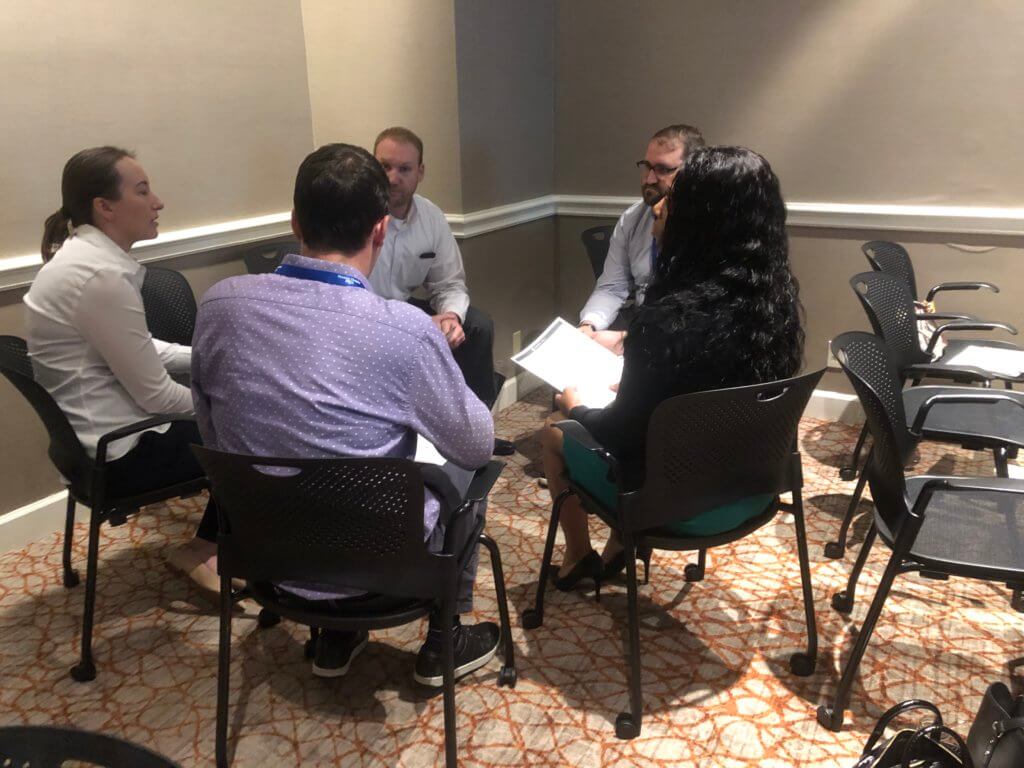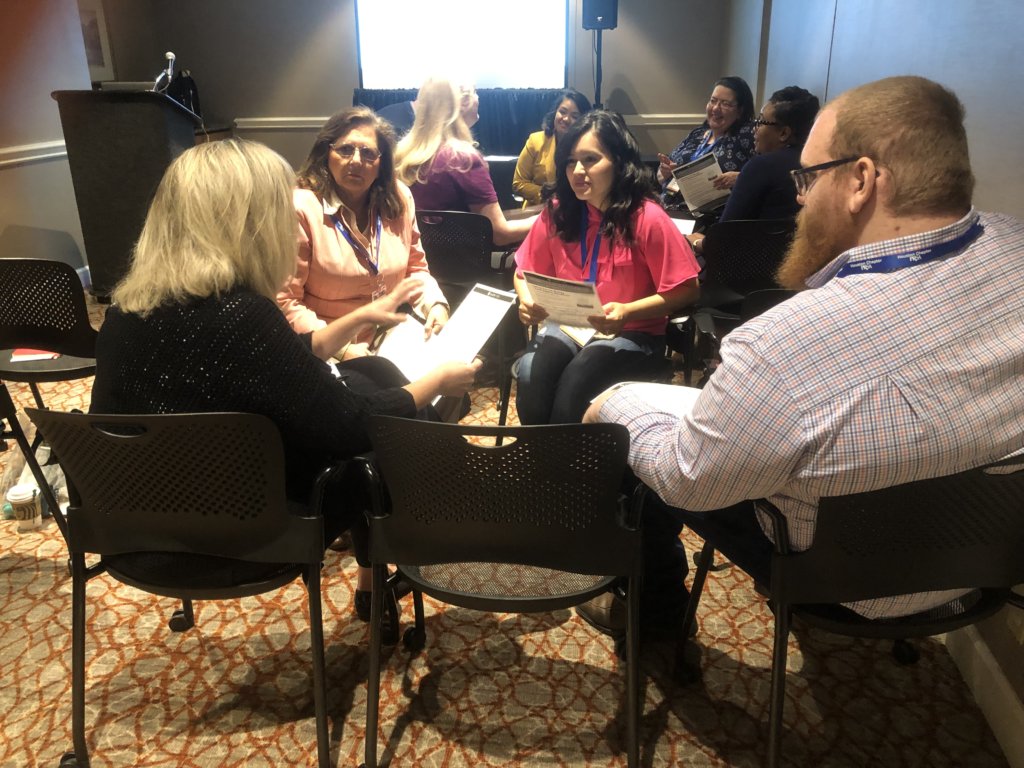by Jason Treu | Jun 4, 2019
Really good article on successfully creating diversity and managing conflicts. Diversity can be extremely powerful for organizations if it’s implemented correctly. https://www.ft.com/content/80d3cdc0-6ff4-11e9-bf5c-6eeb837566c5
There is an overwhelming amount of research on why diverse teams perform better: “Teams that take in different life experiences, identities and styles of thinking beat monocultures at problem-solving and prediction.”
There are also significant challenges in bringing together diverse individuals: “Simply trusting people with opposing priorities to combine creatively is more likely to expose divisions than produce gains. Differing cultural assumptions can make it harder for teams to bond, and can lead to friction and misunderstandings, hampering the achievement of goals.”
Here is an example of how understanding someone’s experiences can lead to significantly better outcomes: “His company recently brought together two executives who clashed repeatedly. One loathed top-down power, the other respected hierarchy. In discussion, the executive who mistrusted authority confided that during his childhood his family had suffered under a police state. His colleague then divulged that he ‘went off the rails’ in his teens and regained a grip on life in the army. The discussion did not change their beliefs but it ‘led them to a much better understanding of why they differed, and moderated their behaviour with each other.’”
There is plenty more in the article if you are interested in checking it out.
Get my brand new team building playing cards, Cards Against Mundanity, here: https://www.drivethrucards.com/m/product/272383 There are new questions, instructions and much more. I also conduct this as a workshop for organizations of any size and speak on it.
#diversity #diversityintheworkplace #conflictresolution #teambuilding #teamwork #humanresources #HR #leadership #managertraining
by Jason Treu | Apr 27, 2019
If employees aren’t speaking up, look at your culture before you blame them. Leaders need to take a hard look at the environment they are creating (consciously or unconsciously).
Creating a suggestion box or conducting an employee survey isn’t enough. Leaders need to stop punishing dissent & instead reward raising issues & proposing ideas/improvements.
Build psychological safe environments & reward the behaviors that promote engagement and problem-solving.
by Jason Treu | Apr 26, 2019
You can see above the great discussions that went on today in Houston at the PRSA Southwest District Conference at my presentation on team building.
Click on the above links to the see the small group interactions.
We discussed how to build the highest performing teams today. We also played by team building game, Cards Against Mundanity, in small groups so everyone could interactively experience why these strategies and tools will help them perform, collaborate and communicate much, much better.
Teamwork is the most important soft skill moving forward (slightly ahead of self awareness). It’s the least understood and very few people can run great teams. But it’s a critical skill everyone needs. You aren’t born with it. You have to learn it just like a technical skill and it’s just as complicated. But there are is a fast track process to building great teams. And you can apply it to third parties such as customers, partners, media and analysts.
CardsAgainstMundanity.com – Get the free PDF game and consider doing either an in-person workshop or assisted remote one. Soon I’ll be launching a physical, poker style cards you can use.
by Jason Treu | Apr 26, 2019
How are you perceived at your organization? (See a test below). Most people are often uncertain or unaware of what they project. This lack of self-awareness kills our progress and career.
What we intend to project is often different than our impact. For example, we may believe we are open to feedback, but other people may experience we are closed off. We may think we listen, but other people may perceive we speak over them. Intent doesn’t equal impact.
Here’s a test to gauge how people perceive you:
Ask 6 people you work w/ two questions.
1) What do you think other people perceive as my greatest strengths and challenges?
2) What’s one thing I could do that would have the biggest impact on my performance and perception?
Resist the temptation to debate or question. Only seek information to clarify and/or to get examples. Thank people at the end. Not everyone may be willing to be candid. That’s ok. Find others that will.
After you get the data, look for patterns. Come up with specific actions to close the gap on how others perceive you and how you perceive yourself.
by Jason Treu | Apr 17, 2019
“Do I trust this leader, individual or organization?” is rarely the right question. That assumes “blanket trust.”
Trust is typically more about the context of situation or interaction. You might trust your plumber to fix your pipes, but not to give you financial advice. You may trust XYZ’s product, but you may not trust it’s a great place to work at.
Instead ask, “Do I trust [person/organization] to do [what]?” Then it’s directed at the specific situation and not a blanket statement.
This also goes to the nature of trust and how we use in the world and with relationships!
by Jason Treu | Apr 16, 2019
Many times you can’t choose the emotions you feel (although your self-awareness and thoughts can dictate quite a bit). BUT you CAN choose which emotions you share (and react to).
Self-awareness and emotional intelligence is the ability to recognize your emotions and your emotional landscape.
It’s also in part recognizing filtering them and learning how to express them appropriately and respectfully in business settings.
The old adage think before you speak also works with your emotions!





